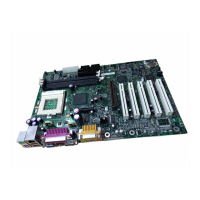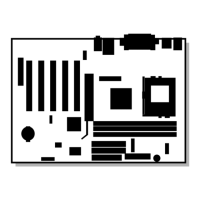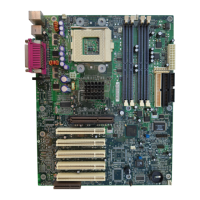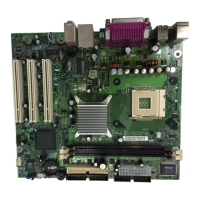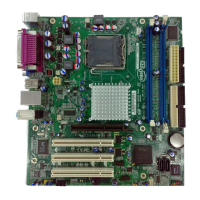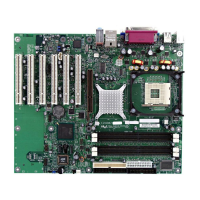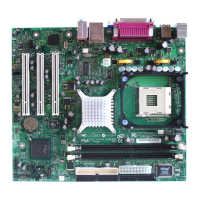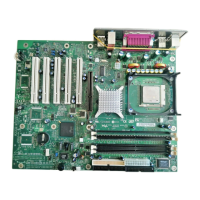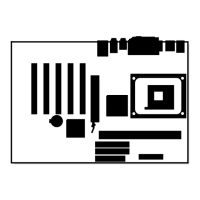Overview of BIOS Features
107
3.8 Boot Options
In the BIOS Setup program, the user can choose to boot from a diskette drive, hard drives,
CD-ROM, or the network. The default setting is for the diskette drive to be the first boot device,
the hard drive second, and the ATAPI CD-ROM third. The fourth device is disabled.
3.8.1 CD-ROM and Network Boot
Booting from CD-ROM is supported in compliance to the El Torito bootable CD-ROM format
specification. Under the Boot menu in the BIOS Setup program, ATAPI CD-ROM is listed as a
boot device. Boot devices are defined in priority order. If the CD-ROM is selected as the boot
device, it must be the first device with bootable media.
The network can be selected as a boot device. This selection allows booting from a network add-in
card with a remote boot ROM installed.
For information about Refer to
The El Torito specification Table 4, page 20
3.8.2 Booting without Attached Devices
For use in embedded applications, the BIOS has been designed so that after passing the POST, the
operating system loader is invoked even if the following devices are not present:
• Video adapter
• Keyboard
• Mouse
3.9 Fast Booting Systems with Intel
®
Rapid BIOS Boot
There are three factors that affect system boot speed:
• Selecting and configuring peripherals properly
• Using an optimized BIOS, such as the Intel Rapid BIOS
• Selecting a compatible operating system
The BIOS is not configured by default to boot at the fastest possible speed. Empirical
measurements have shown that some Intel Desktop boards, when optimized as described above, can
complete POST (Power-On Self-Test) in six seconds or less and boot to an active Microsoft
Windows Me operating system in 21 seconds.
